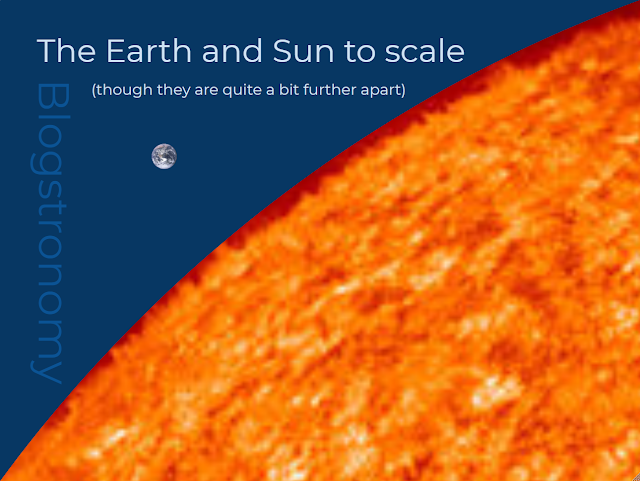Why is Pluto no longer a planet?
Question posed by Robin.
Pluto was discovered in 1930 by Clyde Tombaugh. It was originally designated a planet, but in 2006 Pluto's status was officially changed to that of 'dwarf planet'. To understand why, we need to look at what a planet actually is.
So what is a planet?
This may seem odd, but up until 2006 there was no agreed definition on what actually made a planet a planet. Planets, in simple terms, were just anything in a solar system that was quite big and wasn't a star.
Why was Pluto called a planet in the first place?
Astronomers were actually looking for a ninth planet (imaginatively, they called it Planet X) as early as 1906, having predicted its existence after noticing 'wobbles' in the orbit of Neptune. The original announcement from Lowell Observatory doesn't actually call Pluto a planet (nor was it yet named Pluto), but just describes the discovery of a new 'object'. Popular culture has since turned Pluto into a planet, and it was referred to as such for over 75 years.
So what changed?
Between 1930 and 2006 thousands of new objects have been discovered in our solar system. It became more important for astronomers to be able to decide how to classify all of these objects, including whether or not they qualified as 'planets'. Many of them were denied 'planet' status on the basis that they were too small. However, although it was well known that Pluto was the smallest planet in our solar system, there were various moons that were larger than Pluto, including the most well known one: Earth's moon. Did this mean that all of these moons were also planets?
Many new objects were discovered in a region that was named the Kuiper Belt, a band of space that extends from the orbit of Neptune (30 Astronomical Units (AU)) out to around 55 AU. These objects are known as Kuiper Belt Objects (KBOs) and many are made of the same stuff as Pluto (rock and ice, mainly). Discoveries of varying sizes had been made, some of which were only a little bit smaller than Pluto.
In 2005 Mike Brown and his team at Caltech discovered a body, later given the name Eris, orbiting further out than Pluto that was likely to be the same size or even bigger than our ninth planet (it has since been determined to have a diameter around 20 km larger than Pluto's).
This called the definition of the word 'planet' into consideration: did this discovery mean that Eris was a planet too, and we now had 10? What if we carried on with the definition of a planet being basically 'it has to be bigger than Pluto and made of the same stuff'? The way observations were going, it seemed likely that we could end up with hundreds of 'planets' in our solar system, most of them being considerably smaller than the eight main bodies.
So why has Pluto's classification been changed?
In 2006 the International Astronomical Union (IAU) got together and came up with the following definition:
For any solar system body to be called a planet, it must:
- be in orbit around the sun
- have enough gravity to pull itself into a spherical object
- have 'cleared' the neighbourhood of its orbit
In Pluto's case, conditions 1 and 2 fit perfectly. Condition 3 means that to be a planet Pluto must be the dominant body in the region of its orbit- it must control all of the mass in its immediate vicinity, either by making it a part of itself or by pushing it out of the area. Pluto is surrounded by a swarm of bodies, and so has proven itself unable to do this. Pluto therefore falls foul of the third condition, and is no longer classified as a planet.
What is Pluto, then?
The IAU also introduced two new definitions for solar system bodies to enable new discoveries to be more easily classified. These are:- Dwarf Planet: These are objects that fulfil the first two 'planet' conditions but not the third, and adds a fourth: that the body is not a satellite (moon).
- Small Solar System Body: These are all other bodies except satellites.
So Pluto is now classified as a dwarf planet, whilst asteroids, comments and most KBOs are small solar system bodies.
Are there any other dwarf planets in our solar system?
At the time of writing there are five celestial bodies that have been
classified as dwarf planets. These are:
- Ceres, previously considered an asteroid, orbiting in the asteroid belt between Mars and Jupiter at 2.77 AU.
- Pluto, previously considered a planet, and orbiting in the Kuiper belt beyond the orbit of Neptune at about 39.48 AU.
- Haumea, orbiting in the Kuiper belt at a distance of 43.34 AU.
- Makemake, orbiting in the Kuiper belt at a distance of 45.79 AU.
- Eris, orbiting in the scattered disc at a distance of 67.67 AU.
Have a question about this topic? Comment below! Got an astronomy related question of your own? Ask it here.



Comments
Post a Comment